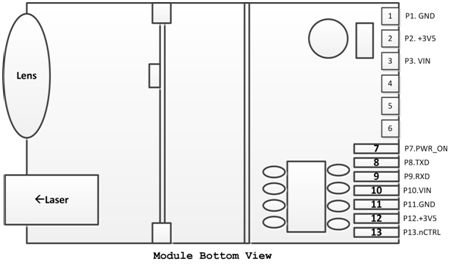First, the temperature requirements. The independent living young cubs begin to peel off when they grow for about 50 days. At this time, the ideal peeling place for young cubs should be a three-dimensional multi-layer stone cement board in a plastic greenhouse. The larvae that live in this kind of place are more ideal for peeling, and the growth is obvious. Accelerate, increase disease resistance, and there is almost no mutual killing. At this time, the temperature of the breeding site is maintained at about 33°C, which is a good temperature for the larvae to peel off.
Second, the appropriate humidity. During depilation, the soil moisture in the active area should be slightly higher than those of other ages. Especially in the dehulling stage, the deer needs more humidity to ensure smooth peeling. At this time, the soil moisture content should be about 20%, and the indoor relative humidity can be 75% to 85%.
Third, feed diversification. Before the larvae are peeled off, a sufficient variety of feeds should be fed to meet their nutritional needs during peeling. Feeds for this period include: Tenebrio larvae, spiders, cockroaches, maggots, terrestrial earthworms, cockroaches, aphids, and rice moths. These insects contain different hormones in their bodies, which can play a key role in the dehiscence of young calves.
Fourth, stocking density. During the dehydration of pups, the smaller the stocking density, the higher the survival rate of pups, the faster the growth rate, and the lower the dehydration mortality rate. The stocking density is preferably about 3,000 per cubic meter.
Fifth, careful management. The cubs are no longer eating 7 days before peeling. At this time, the feed should be replaced with fly maggots, rice moths, spiders, and small earth elements. The cubs have completely lost their ability to defend themselves during peeling and cannot protect their own safety. Therefore, Tenebrio larvae longer than 1.5 cm should be refrained from feeding 10 days before the larvae are peeled off to prevent the insects from biting or eating the pupa that are being peeled off.
Industrial Laser Distance Sensor
Industrial Laser Distance Sensor, we also call it secondary development laser distance module, which support TTL level and CMOS. The laser range sensor can be widely used in professional surveying, mapping, construction, robots, hunting arrows, industrial monitoring and automated measurement applications in electricity, transportation, etc. Our laser distance module supports data communication with RS232, USB with a simple adapter. The results of laser distance sensor can be evaluated with Arduino. We are always looking ahead, hoping we can make every measurement simple in life!

Parameters of M703A:
|
Accuracy |
±1 mm (0.04 inch) |
|
Measuring Unit |
meter/inch/feet |
|
Measuring Range (without Reflection) |
0.03-150m |
|
Measuring Time |
0.1~3 seconds |
|
Laser Class |
Class II |
|
Laser Type |
635nm, <1mW |
|
Size |
72*40*18mm (±1 mm) |
|
Weight |
About 21g |
|
Voltage |
DC2.0~3.3V |
|
Electrical Level |
TTL/CMOS |
|
Frequency |
10Hz |
|
Operating Temperature |
0-40 ℃ (32-104 ℉ ) |
|
Storage Temperature |
-25~60 ℃ (-13~140 ℉) |
Laser Distance RS232,Arduino Distance Module,Laser Module RS232
Chengdu JRT Meter Technology Co., Ltd , https://www.jrt-measure.com